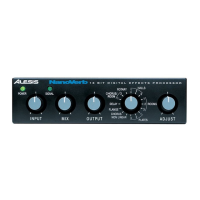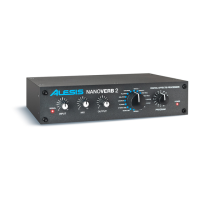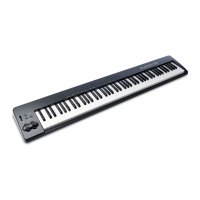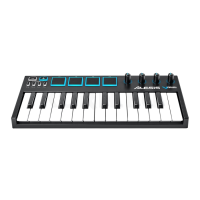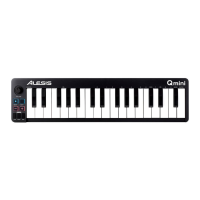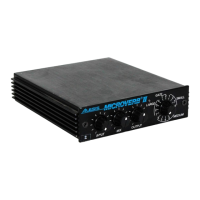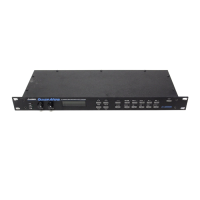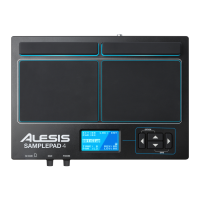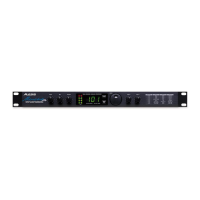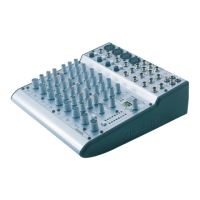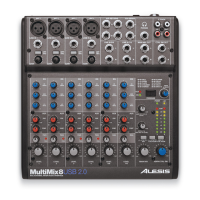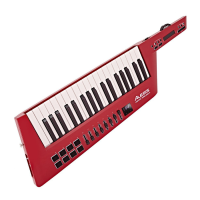What to do if there is no audio from Alesis Recording Equipment?
- DdramirezJul 30, 2025
If you're not getting any sound, it could be due to a couple of things. First, check if the Bypass function is activated while the Mix control is fully wet; if so, adjust the Mix control to the left or press the Bypass Footswitch. Alternatively, the Output level might be too low, so try turning the Output control to the right.
